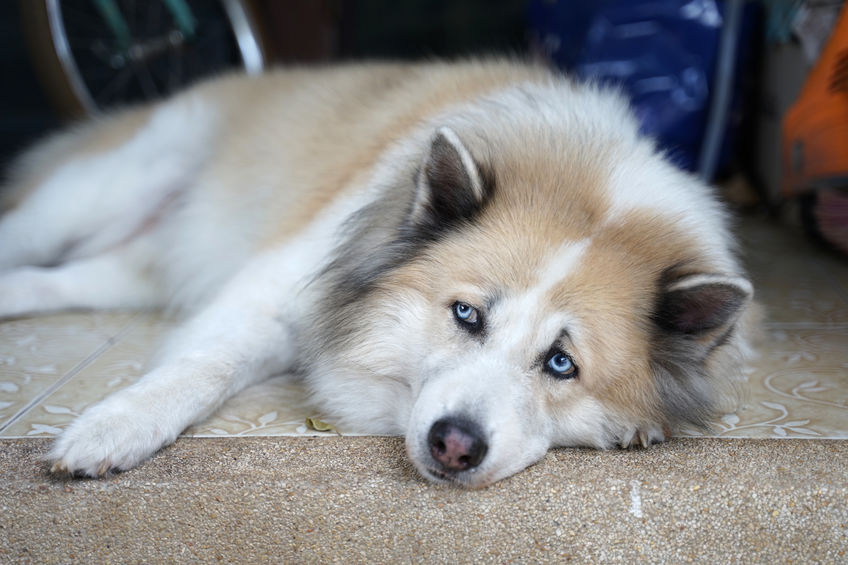
Just like humans, dogs experience anxiety that manifests in various behaviors. When unaddressed, this anxiety can cause further stress for both the dog and the owner. Though the causes and reactions can be difficult to identify, understanding and addressing these signs is crucial. Below, we’ll go over some common causes, signs, and solutions to help you identify and alleviate anxiety in your dog.
What Causes Anxiety in Dogs?
Anxiety in dogs can stem from numerous factors, and it’s important to recognize that each dog’s anxiety triggers are as unique as their personalities. Understanding these triggers is the first step in creating a comfortable environment for our canine companions. While every dog is different, a few common causes of anxiety for dogs are:
- Loud noises (such as fireworks, vacuums, cars or motorcycles, sirens, and thunderstorms)
- Separation anxiety
- Changes in routine or environment
- New guests and strangers
- Lack of exercise
- Travel
- Veterinary visits
These experiences can be overwhelming for dogs, leading to anxious responses.
Signs of Anxiety in Dogs
Recognizing anxiety in dogs isn’t always straightforward, and understanding your dog’s body language is key in helping them with their anxiety. While the responses may vary based on the specific trigger, some common ways anxiety presents in dogs include:
- Excessive barking or howling
- Aggression
- Accidents in the house
- Destructive behavior (chewing, digging, and scratching)
- Pacing or restlessness
- Shivering or hiding
- Loss of appetite or overeating
- Excessive licking or grooming
- Avoidance or withdrawal
- Excessive panting or drooling
When these responses happen, it’s important to address them calmly. Even though many of these present as misbehavior (which can lead to frustration and further anxiety for everyone involved), they are cries for help – an anxious dog might destroy a pair of sneakers not out of mischief, but as a coping mechanism. Additionally, many of these signs overlap with other causes, such as illness or pain. It’s important to note when these behaviors occur and talk with your vet to ensure there aren’t any underlying issues.
How to Alleviate Anxiety in Your Dog
While some stressors can be alleviated (such as opting for a quieter vacuum cleaner), most cannot be removed (or are unavoidable). Thankfully, there are multiple ways you can help reduce anxiety in your dog, such as:
- Gradual introduction to stressors (such as slow introductions to new guests before an event)
- Creating a calm and stable environment for your dog (including their own safe and secure space they can retreat to)
- Introducing mental stimulation through puzzle toys
- Developing and sticking to a consistent routine
- Positive reinforcement for calm behavior
- Providing comforting items for stressful situations
- Regular exercise and playtime to release pent-up energy and stress
- Anxiety vests or pheromones
- Training
For some especially anxious pups, vets may suggest an anti-anxiety medicine in addition to the changes. These can be a daily pill or an “as-needed” medicine to be taken before stressful events such as a visit to the vet or holidays with fireworks such as the 4th of July.
Training to Help Anxiety in Dogs
An anxious dog can transform into a confident and happy companion with the right support and training. Training can help establish routines, positive associations, and, most importantly, strengthen the bond between you and your dog. At Fetch and More, we have years of experience in dog training and a deep understanding of canine behavior. With our virtual training services, we can provide our effective and compassionate training right from the comfort of your home. We always have been, and continue to be, dedicated to helping your dog become the best version of themselves.
The best time to start training is as soon as possible. Contact us today to discuss your needs and learn more!



